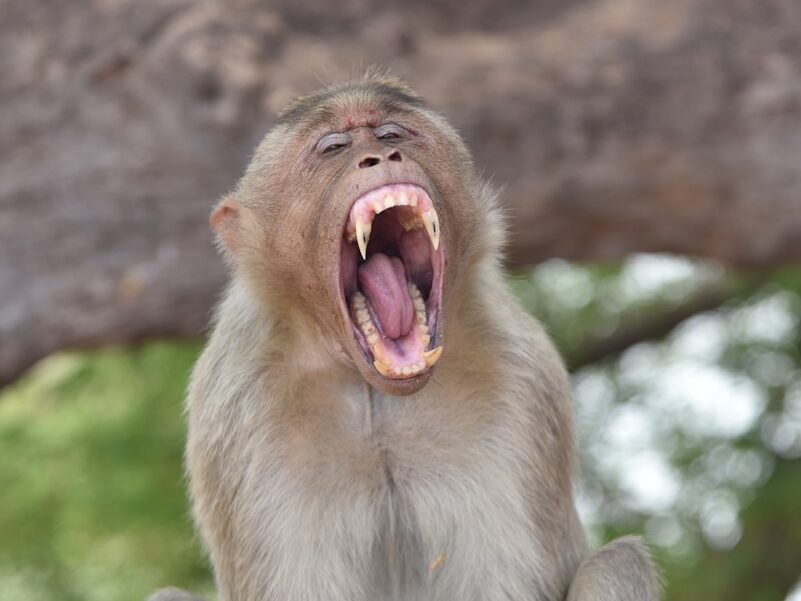
People have always been drawn to exotic and unusual animals but not every creature belongs in a home. Some species may seem fascinating to own, yet they suffer in captivity or put people at risk. While curiosity drives many to adopt them, the truth is these animals are better off in their natural environments. Here are 15 animals that people often try to keep as pets, even though they really shouldn’t.
Monkeys
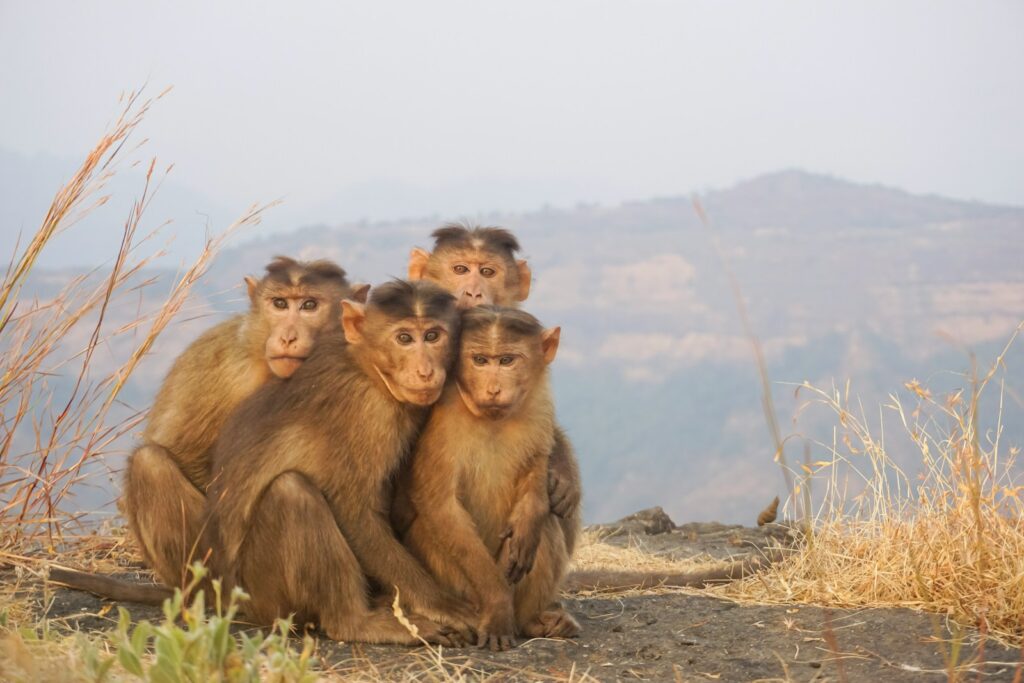
Monkeys are popular because of their intelligence and playful nature, but they aren’t suited for domestic life. They need constant mental stimulation, large spaces, and companions of their own kind. Without these, they can become aggressive and destructive. Many owners underestimate the commitment, only to find themselves unable to handle the responsibility. What starts as a cute pet often grows into a stressed, unpredictable animal that belongs in the wild.
Big Cats
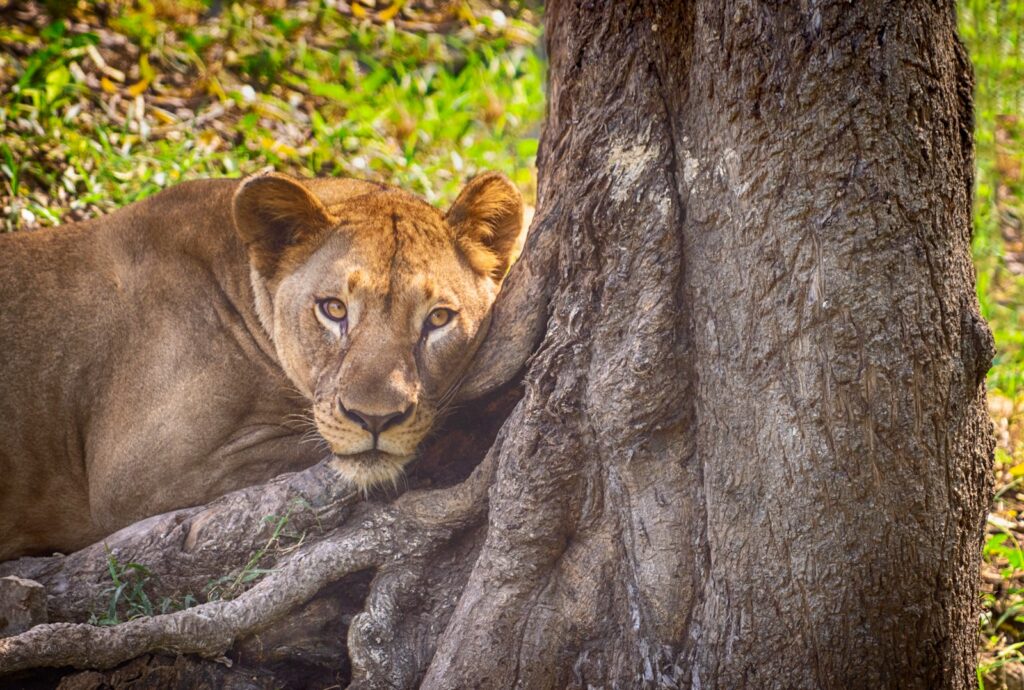
Tigers, lions and leopards might look majestic but no home can truly provide what they need. Even when raised in captivity, their instincts remain intact. They require vast territories, specialized diets, and handling that is beyond the reach of ordinary pet owners. Sadly, many big cats end up confined in cramped enclosures, leading to frustration and danger. These animals may look tame, but they remain powerful predators at heart.
Wolves and Wolf-Dog Hybrids
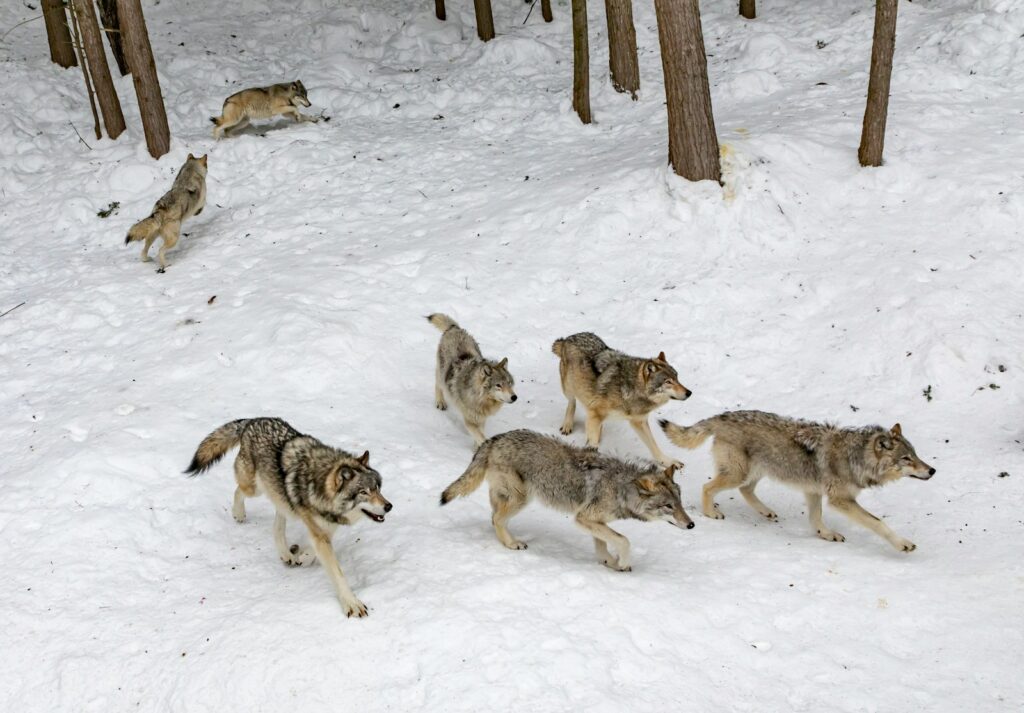
Owning a wolf or a wolf-dog mix might sound thrilling, but it quickly turns into something most people can’t handle. Wolves never really lose their instincts. They dig, mark territory and lash out in ways that feel unpredictable. Hybrids only make things more uncertain, since you never know which side of their nature will dominate. What people imagine as fierce loyalty usually ends up as daily stress, safety risks, and an animal that doesn’t belong in a home.
Foxes
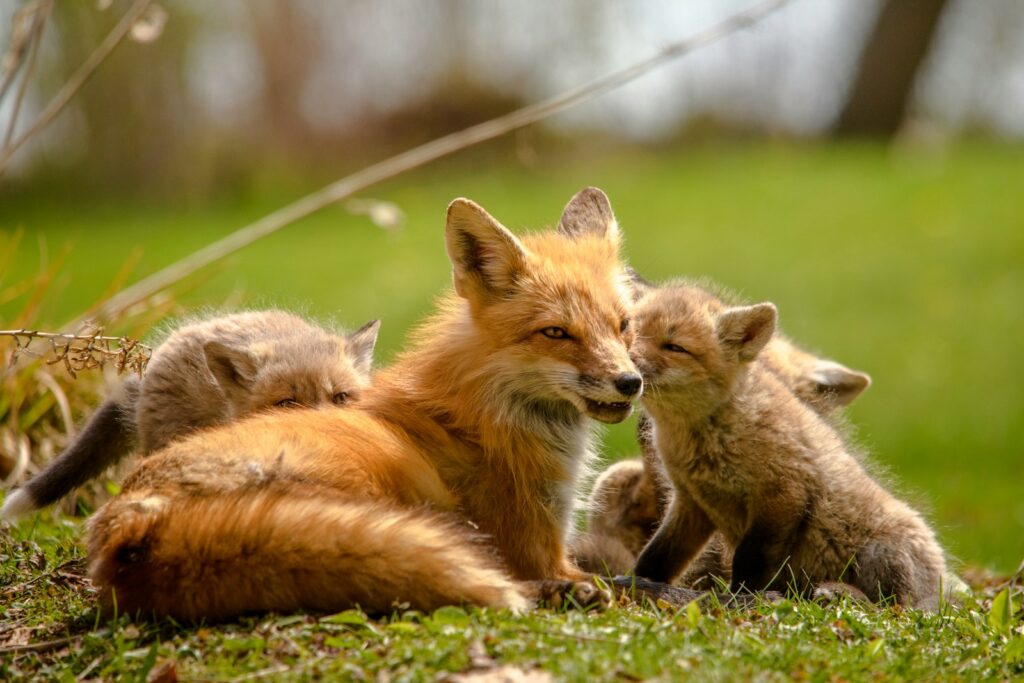
Foxes are admired for their intelligence and charm, yet they’re difficult to manage as pets. They mark territory with strong-smelling scent, dig constantly, and require more stimulation than most people can provide. Even domesticated foxes often remain skittish and anxious around humans. They might look small and manageable, but their needs are closer to wild animals than house pets. Owning one often ends in disappointment and stress for both sides.
Primates Like Chimpanzees
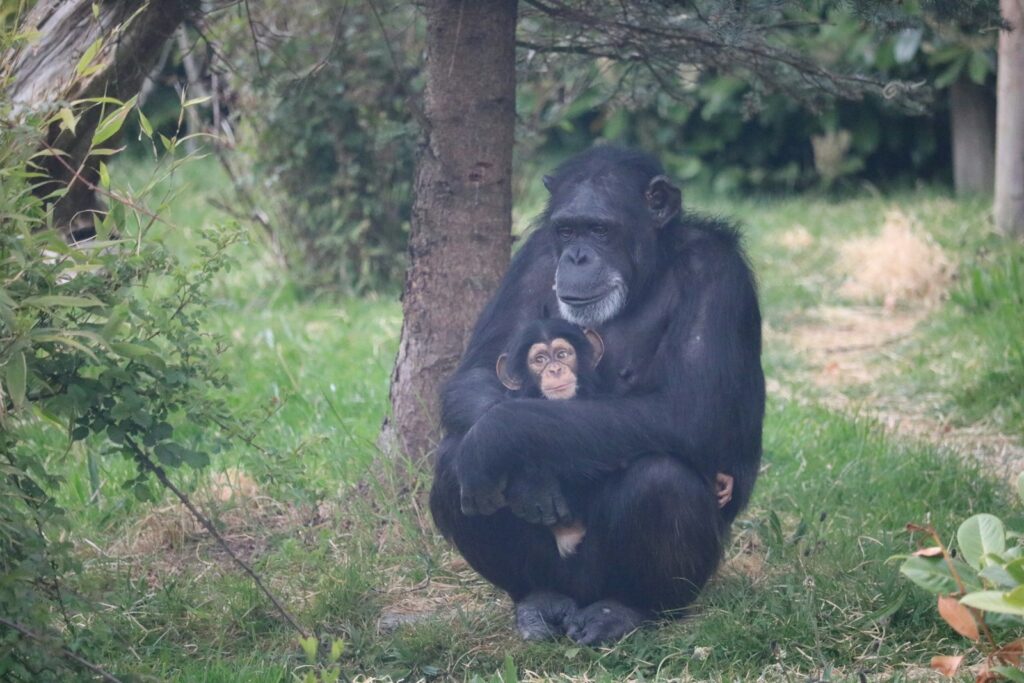
Chimpanzees share nearly all their DNA with humans, but that similarity doesn’t make them good companions. They grow stronger than any person can control, and once they reach maturity, their behavior can turn dangerous. In the wild, they live in complex social groups that no human household can replicate. Keeping a chimp at home usually ends with heartbreak, as they become unmanageable and sometimes violent. These animals should never be confined to living rooms.
Snakes Over Ten Feet Long
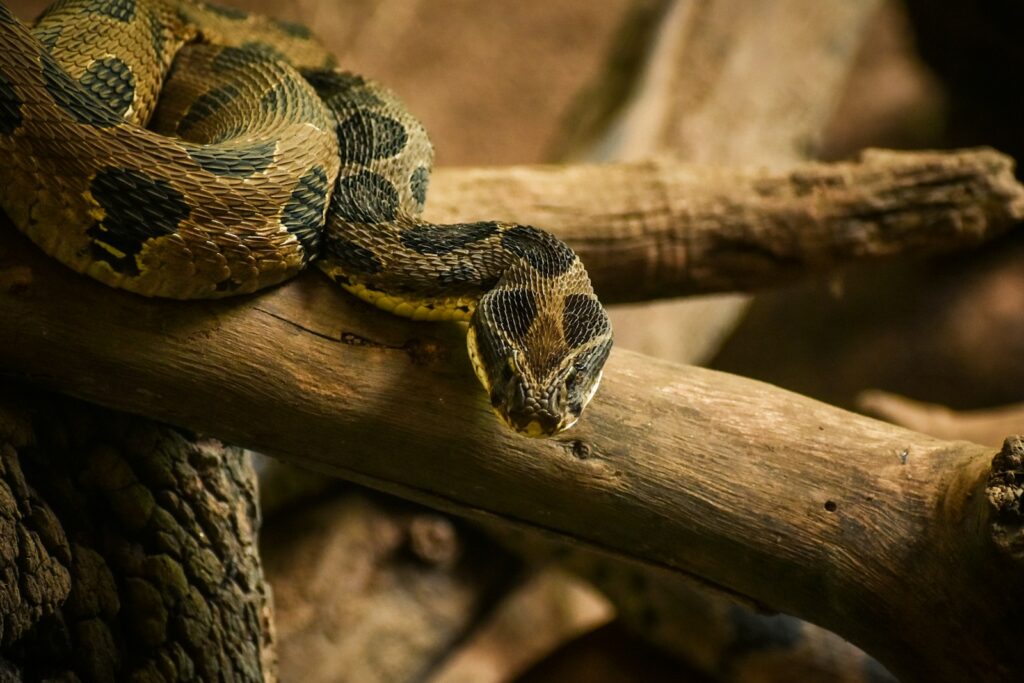
Large constrictor snakes such as pythons or anacondas are often sold to exotic pet owners but they pose serious risks. They require specialized habitats, secure enclosures and diets that most people can’t handle. In captivity, accidents happen when owners underestimate their size or strength. These snakes are capable of injuring or killing humans and many are released into the wild when they become too difficult to care for.
Turtles and Tortoises
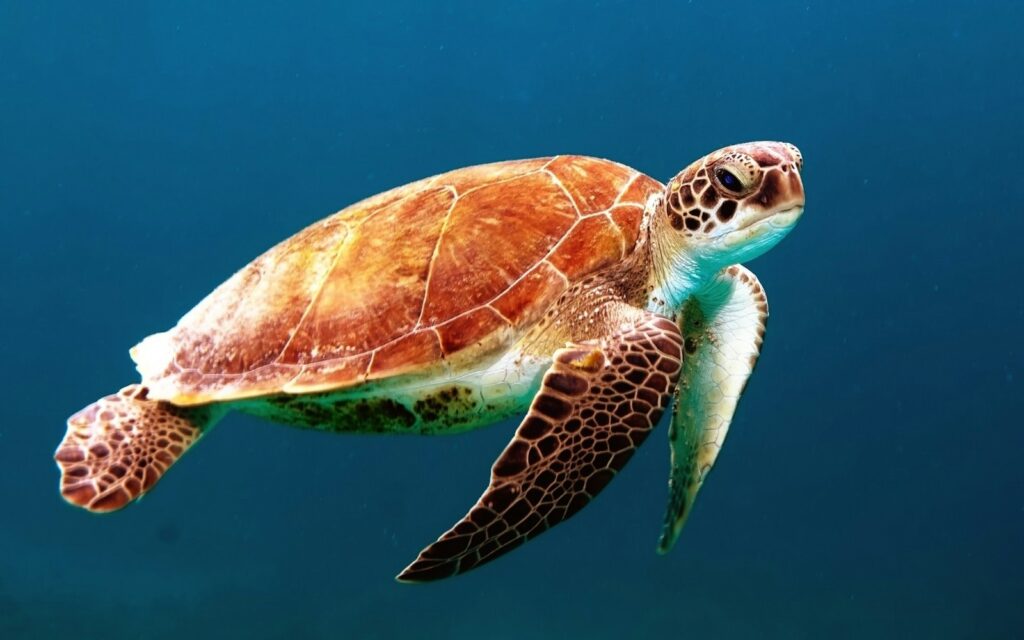
Turtles and tortoises seem harmless, but they aren’t ideal pets. Many species carry salmonella, creating health risks, especially for children. Beyond that, they live for decades — some surpass 100 years — meaning owners rarely plan for their full lifespan. Their care also requires specific lighting, temperatures, and diets. Too often, they’re kept in inadequate tanks and suffer quietly. Their popularity hides the reality that they rarely thrive in captivity.
Parrots
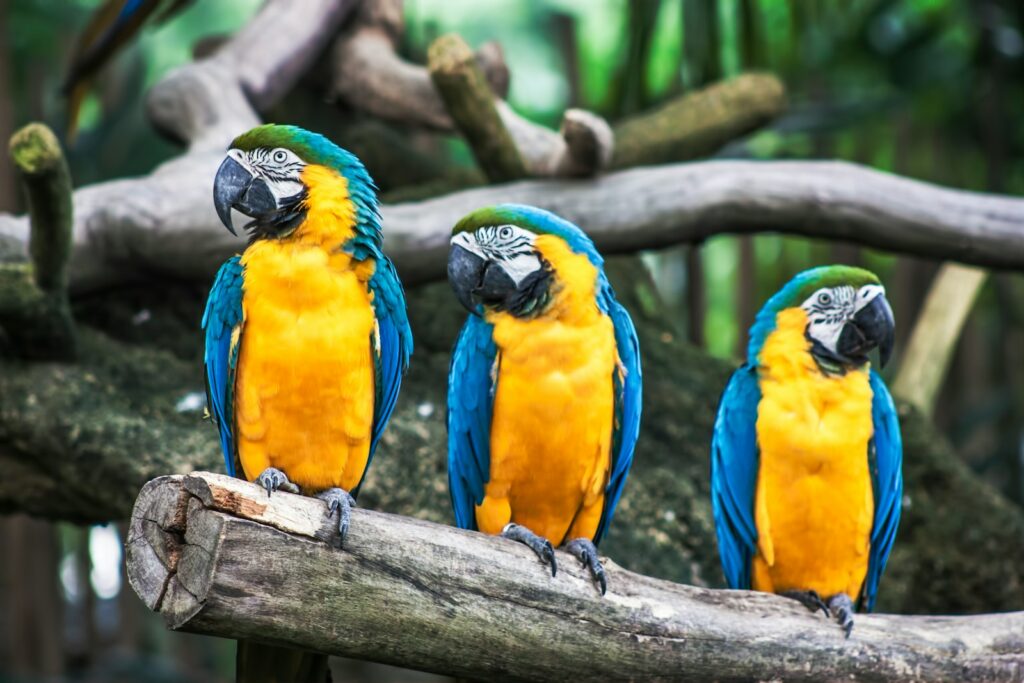
At first, parrots seem like charming companions — colorful, funny and able to mimic human voices. What people don’t realize is how much work they demand. Parrots need constant attention and stimulation and they live for decades. When they’re bored or lonely, they pull out their own feathers or lash out. Owners often feel overwhelmed by the responsibility. Behind the beauty of these birds is a level of care most households can’t sustain.
Slow Lorises
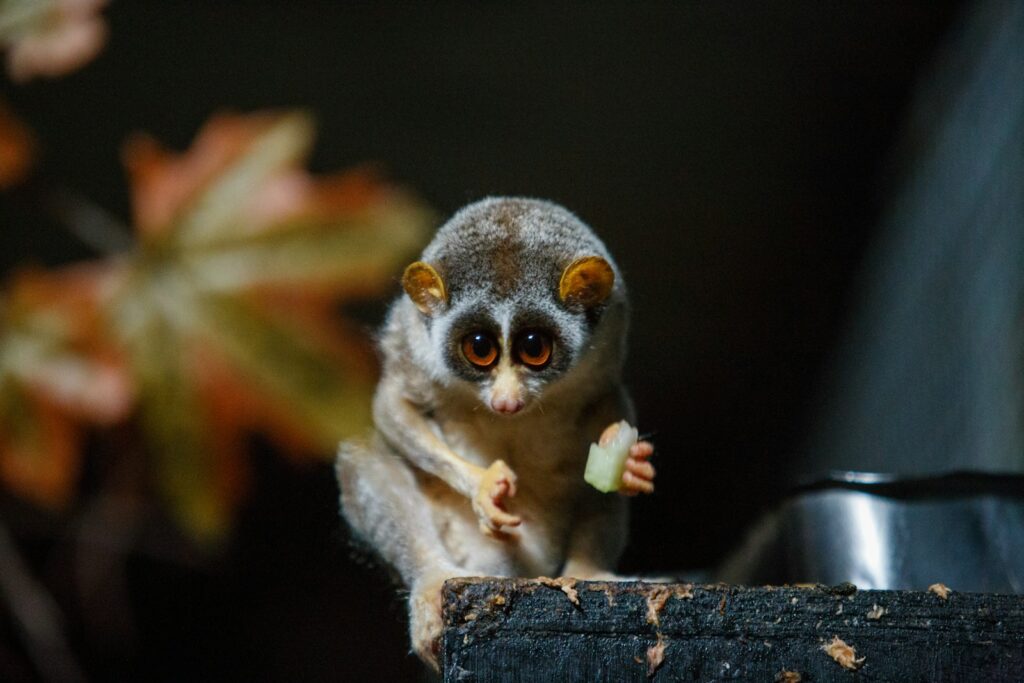
People are drawn to slow lorises because of their wide, innocent eyes, but the reality is far from cute. Their bite is toxic, something many buyers don’t even know, and sellers often rip out their teeth just to make them marketable. At home, they struggle because they need darkness, a complex diet, and space that can’t be replicated in captivity. Every slow loris kept as a pet is one stolen from the wild, where their numbers are already dropping fast.
Sugar Gliders
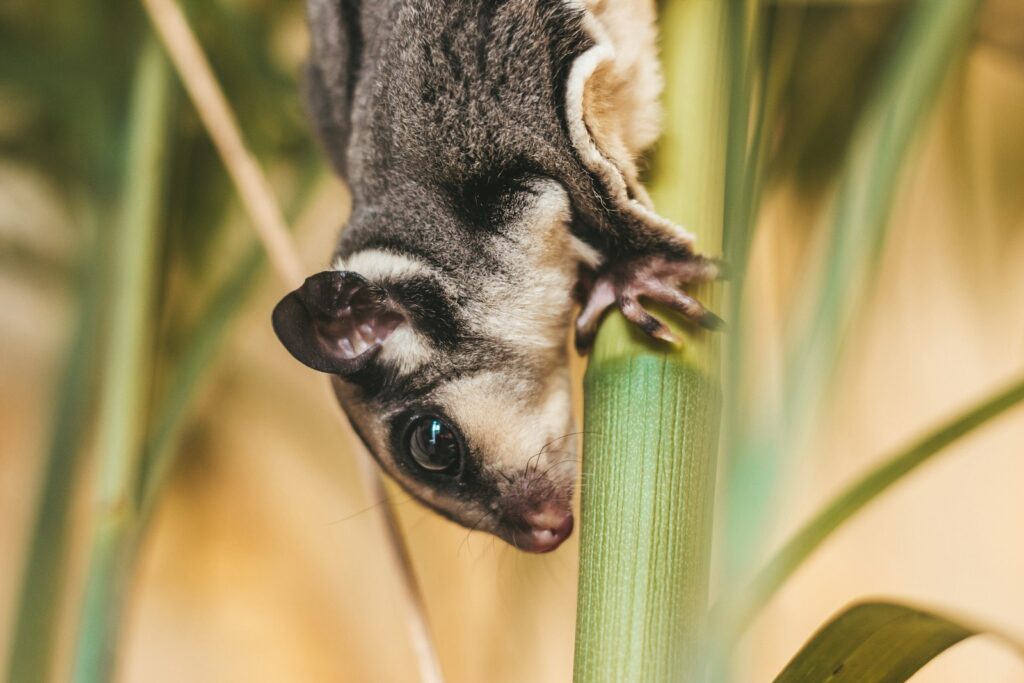
Their small size and playful look trick people into thinking sugar gliders are easy to care for but the reality is the opposite. They’re active at night, loud, and need big spaces to leap and glide. Without proper diets and social interaction with their own kind, they grow sick or stressed. Owners often discover too late that these animals don’t adapt well to cages. What looks like cuteness hides a life of unmet needs.
Exotic Fish
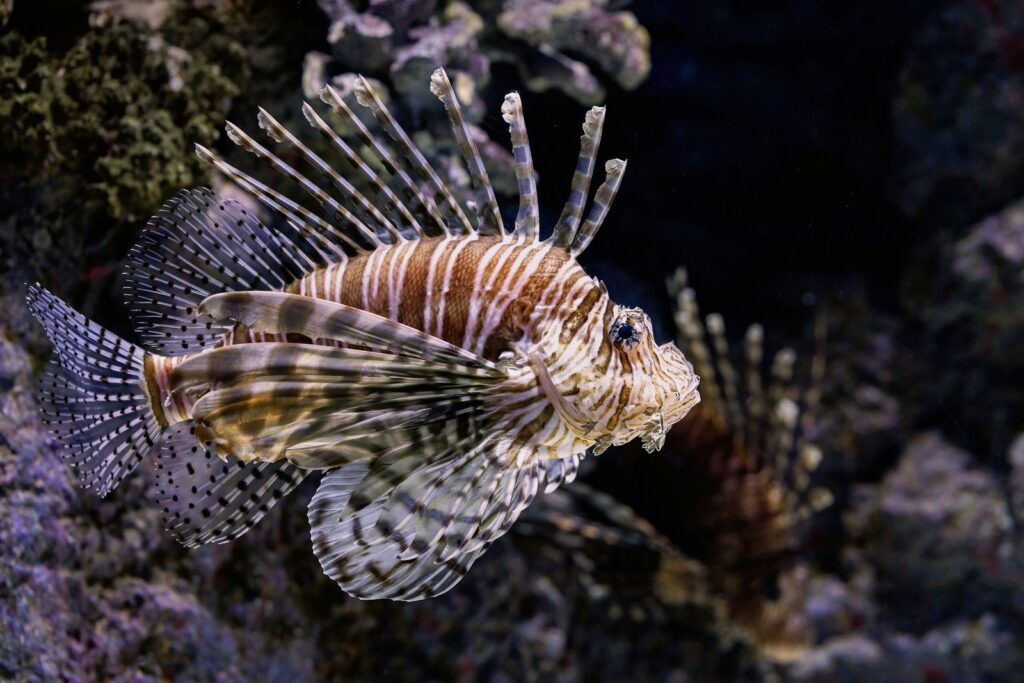
Bright and unusual fish fill aquariums but many species suffer in confined tanks. Saltwater fish especially require delicate balance, expensive equipment, and precise care that most households aren’t prepared for. Removing them from reefs damages ecosystems, and many die in transport before reaching buyers. Though aquariums may look beautiful, the cost to both the animals and the environment makes these pets far less harmless than they appear.
Scorpions
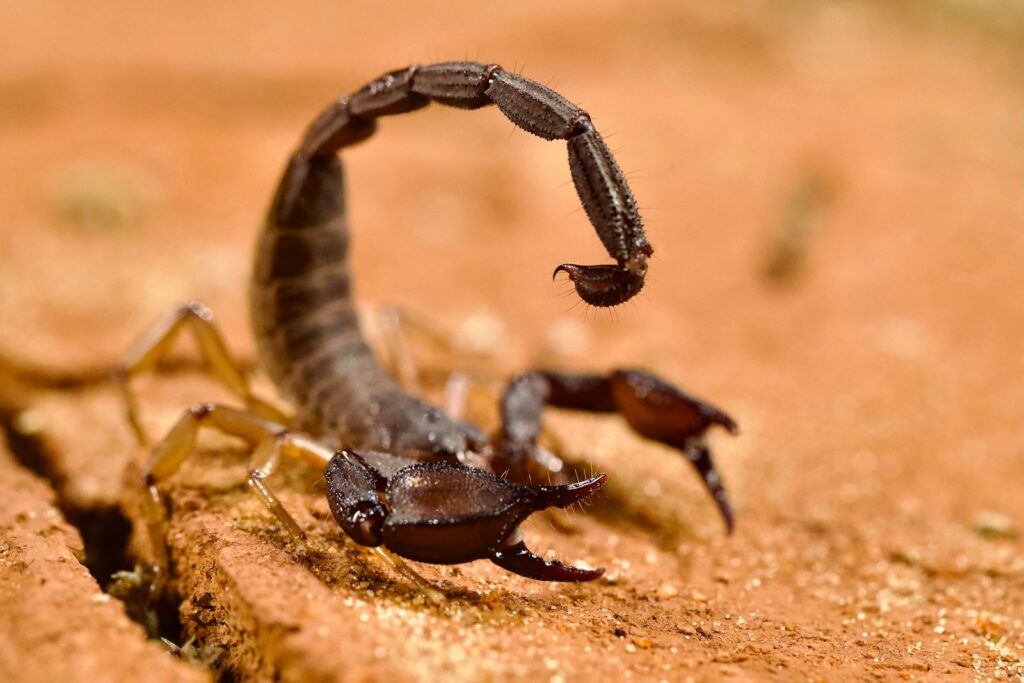
Some enthusiasts keep scorpions as pets for their unusual appeal but these creatures are best left in the wild. Their venom varies in potency, but even non-lethal stings can cause painful reactions. Handling them is risky, and many species require environments that are hard to replicate at home. While they may seem low-maintenance, scorpions in captivity live shortened, stressed lives, often deprived of the natural habitats they rely on.
Hedgehogs
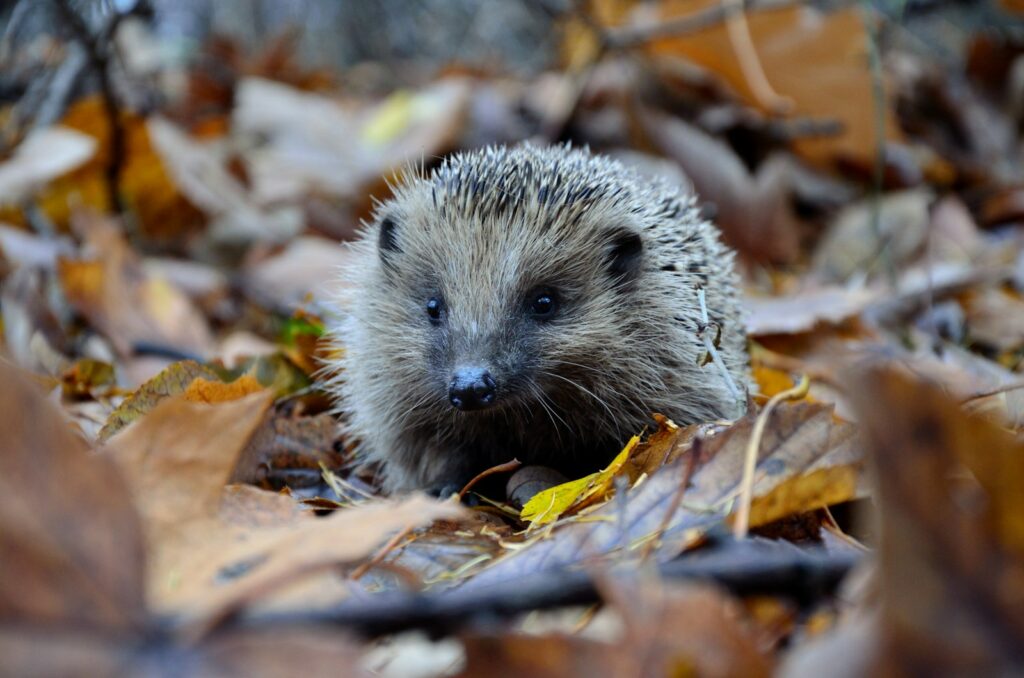
Hedgehogs pop up on social media as quirky little pets, curled into balls or poking their noses out of tiny teacups. The truth is much less simple. They’re awake at night, they require warm temperatures, and their diet is tricky to manage. When these needs aren’t met, they withdraw and become ill. While they may look adorable in pictures, hedgehogs often endure quiet suffering when kept as household pets.
Raccoons
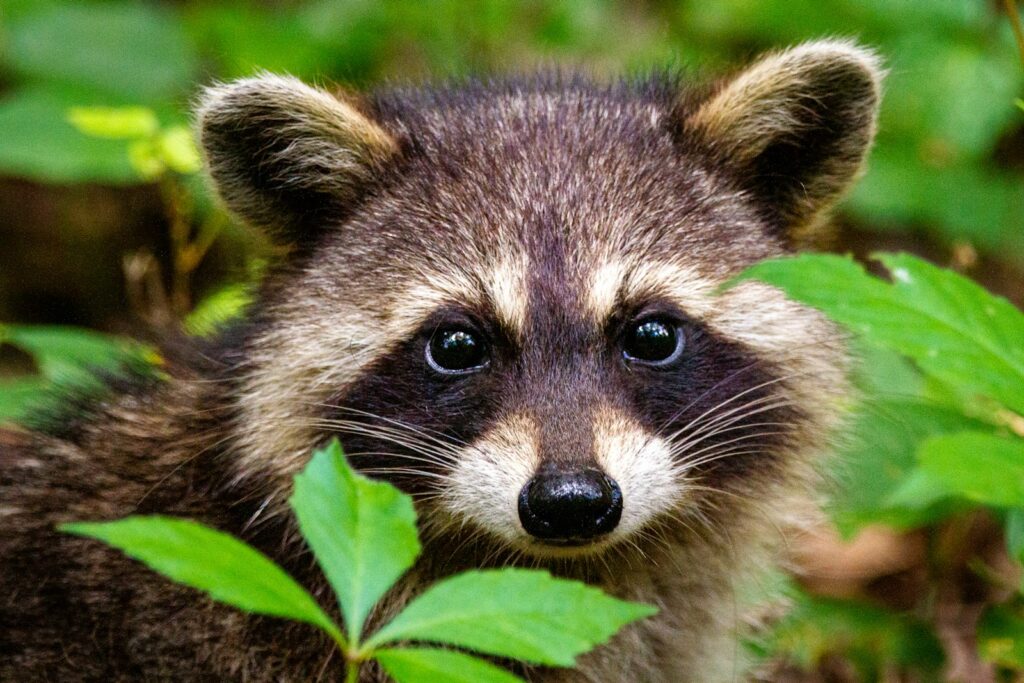
Raccoons can look playful and even cuddly but they are wild animals with unpredictable temperaments. They’re notorious for destroying property, biting, and carrying diseases like rabies. Unlike domesticated pets, they can’t be reliably trained, and their instincts remain strong no matter how young they’re raised. Keeping a raccoon at home usually ends with frustration and risk. These animals may be cute in cartoons, but in reality they’re not safe companions.
Exotic Frogs
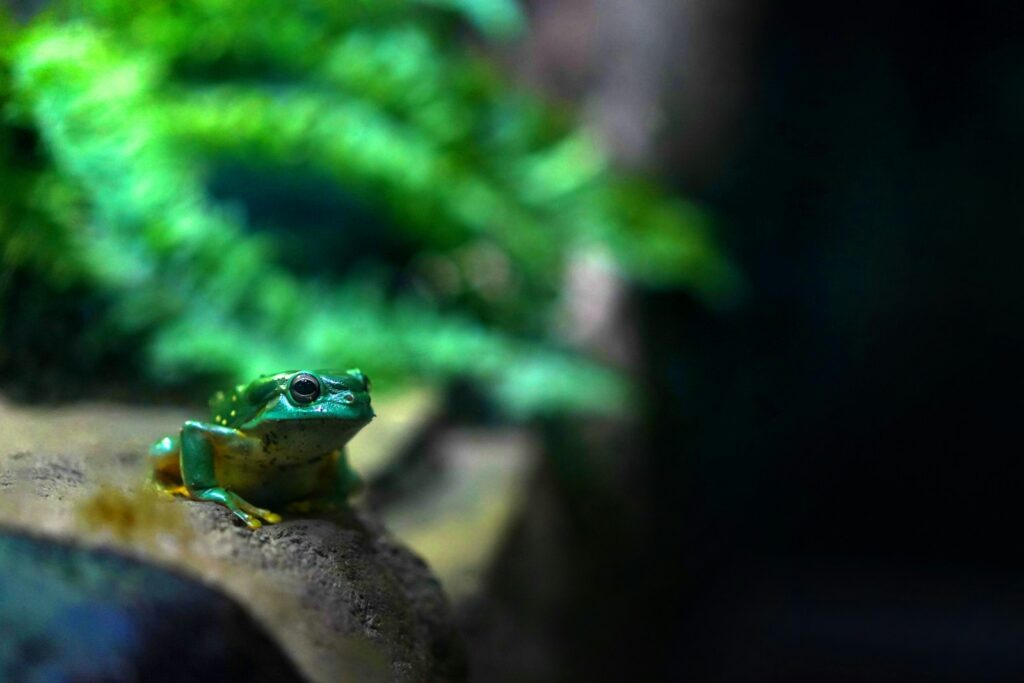
Poison dart frogs and other exotic amphibians are sometimes kept as pets for their striking colors, but their needs go far beyond what a tank can provide. They rely on precise humidity, diet and habitat conditions that are nearly impossible to replicate. Many species are also toxic, posing risks to owners. For the frogs, captivity often means shortened lifespans and stress. Their beauty belongs in rainforests, not in cramped aquariums.

